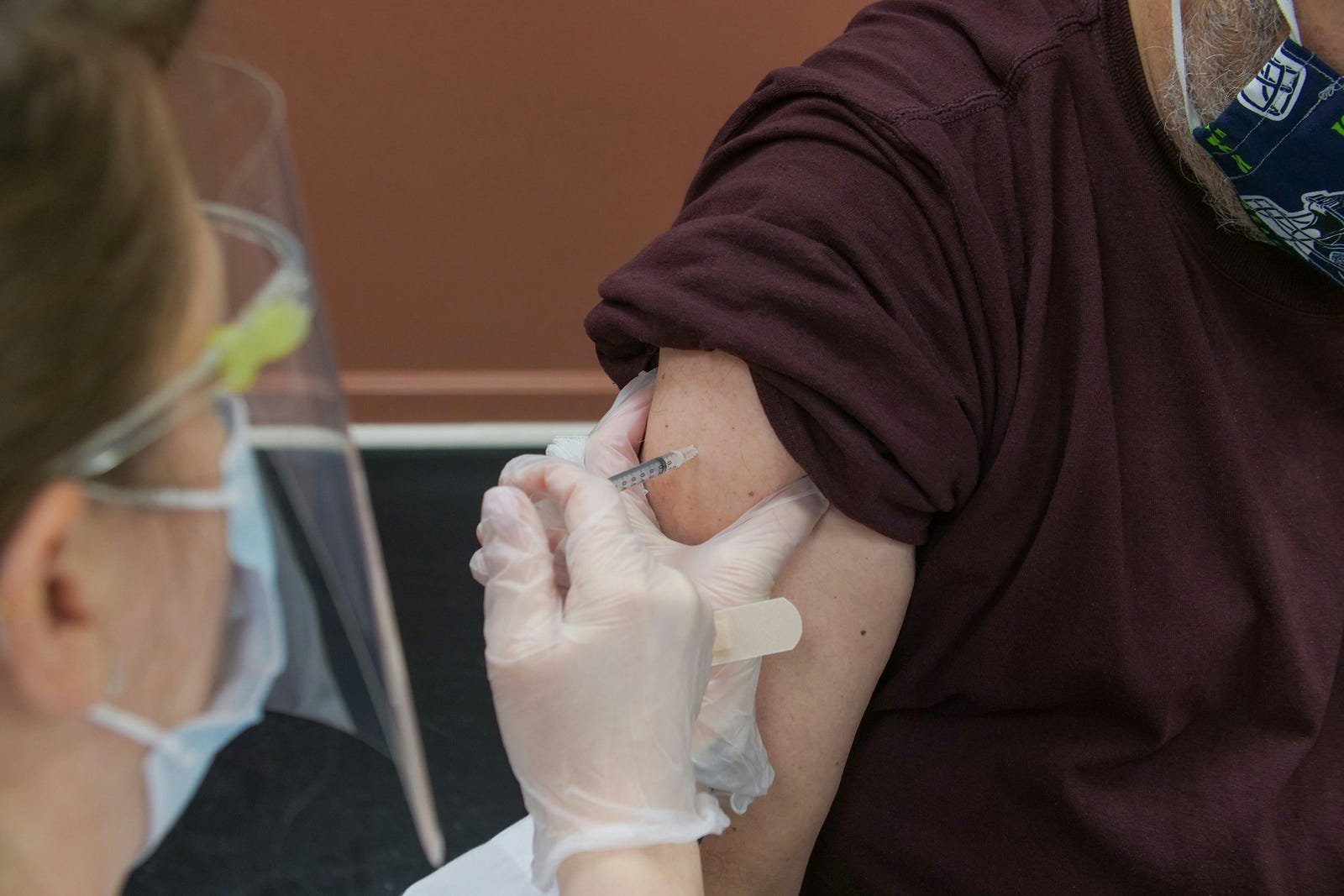Vaccines are one of the most significant achievements in medical science, saving millions of lives and shaping the course of human history. From eradicating smallpox to controlling diseases like polio and measles, vaccines continue to play a critical role in safeguarding public health. But how exactly do vaccines work, and why are they so vital for protecting society? This article explores the science behind vaccines, their societal impact, and the mechanisms that make them a cornerstone of global health.
Understanding Vaccines: What Are They and How Do They Work?
What Are Vaccines?
Vaccines are biological preparations designed to provide immunity against specific infectious diseases. They typically contain weakened, inactivated, or partial components of a pathogen that stimulate the immune system without causing illness.

How Vaccines Work to Protect Society
The primary goal of vaccines is to prepare the immune system to recognize and fight harmful pathogens. Here’s how the process works:
- Exposure to Antigens: Vaccines introduce harmless parts of a pathogen, such as proteins or genetic material, to the immune system. These are called antigens.
- Immune Response Activation: The immune system identifies these antigens as foreign invaders and triggers a response, producing antibodies to neutralize the perceived threat.
- Memory Formation: The immune system creates memory cells that “remember” the pathogen. If the person is exposed to the actual disease later, their immune system can respond quickly and effectively.
Types of Vaccines
- Live Attenuated Vaccines: Contain weakened forms of the pathogen (e.g., measles, mumps, and rubella vaccines).
- Inactivated Vaccines: Use killed pathogens (e.g., polio vaccine).
- Subunit, Recombinant, or Conjugate Vaccines: Contain only parts of the pathogen (e.g., HPV vaccine).
- mRNA Vaccines: Teach cells to produce a protein that triggers an immune response (e.g., COVID-19 vaccines).
The Societal Benefits of Vaccines
1. Herd Immunity: Protecting the Vulnerable
One of the most critical ways vaccines protect society is through herd immunity. When a significant portion of the population is vaccinated, it reduces the spread of disease, protecting individuals who cannot be vaccinated due to medical reasons or age.
Example:
The eradication of smallpox was achieved through widespread vaccination efforts, benefiting even those who were not directly vaccinated.
2. Reducing Healthcare Costs
Vaccines prevent illnesses, reducing the need for hospitalizations, treatments, and long-term care. This alleviates the financial burden on both individuals and healthcare systems.
3. Promoting Economic Stability
By preventing outbreaks and reducing absenteeism due to illness, vaccines contribute to economic productivity and societal stability.
4. Preventing Epidemics and Pandemics
Vaccination programs play a pivotal role in controlling the spread of infectious diseases, averting potential epidemics and pandemics.
Case Study:
The rapid development and deployment of COVID-19 vaccines helped mitigate the pandemic’s impact, saving millions of lives globally.
Debunking Vaccine Myths and Misconceptions
Myth 1: Vaccines Cause the Diseases They Prevent
Fact: Vaccines use weakened or inactivated components of pathogens that cannot cause the disease. The symptoms some people experience after vaccination are a sign of the immune system at work, not an actual infection.
Myth 2: Natural Immunity Is Better Than Vaccine-Induced Immunity
Fact: While natural immunity may be robust, acquiring it often involves suffering from the disease, which can lead to severe complications or death. Vaccines provide a safer path to immunity.
Myth 3: Vaccines Contain Harmful Ingredients
Fact: Vaccine ingredients, such as preservatives and stabilizers, are present in minuscule amounts and are rigorously tested for safety.
Myth 4: Vaccines Are Only for Children
Fact: Vaccines are essential for people of all ages. For example, the influenza vaccine is recommended annually for adults, and the shingles vaccine is crucial for older populations.
The Science Behind Vaccine Development
1. Research and Preclinical Testing
The process of developing vaccines begins with extensive research to identify potential antigens. Preclinical testing on cells and animals ensures safety and effectiveness before proceeding to human trials.
2. Clinical Trials
Vaccines undergo rigorous testing in three phases:
- Phase 1: Tests for safety and immune response in a small group.
- Phase 2: Expands testing to hundreds of participants to assess dosage and side effects.
- Phase 3: Involves thousands of participants to confirm efficacy and monitor rare side effects.
3. Regulatory Approval and Monitoring
Once approved, vaccines are continuously monitored for safety and effectiveness through surveillance systems like the Vaccine Adverse Event Reporting System (VAERS) in the U.S.
4. Production and Distribution
Manufacturing vaccines at scale involves stringent quality control measures. Distribution efforts ensure vaccines reach populations worldwide, often prioritizing high-risk groups.
How Vaccines Address Global Health Challenges
1. Eradication of Diseases
Vaccination has led to the eradication of smallpox and significant reductions in diseases like polio and measles.
Polio Eradication Efforts:
Global initiatives, such as the Global Polio Eradication Initiative, have brought the world closer to eradicating polio, with cases now limited to a few regions.
2. Tackling Emerging Diseases
Vaccines play a crucial role in combating emerging infectious diseases, such as COVID-19, Ebola, and Zika virus.
3. Addressing Antimicrobial Resistance
By preventing bacterial infections, vaccines reduce the need for antibiotics, thereby combating antimicrobial resistance.
4. Promoting Maternal and Child Health
Vaccination during pregnancy protects both mothers and newborns from diseases like influenza and pertussis. Childhood immunization programs ensure healthier early development.
Overcoming Barriers to Vaccination
Despite their proven benefits, vaccines face several challenges that hinder their widespread adoption.
1. Misinformation and Hesitancy
Vaccine hesitancy fueled by misinformation poses a significant public health threat.
Solution:
Educational campaigns and transparent communication can help address fears and misconceptions.
2. Accessibility Issues
In low-income countries, logistical challenges such as cold chain requirements and healthcare infrastructure can impede vaccine delivery.
Solution:
Global initiatives like Gavi, the Vaccine Alliance, work to improve access to vaccines in underserved regions.
3. Cultural and Religious Beliefs
Certain communities resist vaccination due to cultural or religious beliefs.
Solution:
Engaging community leaders and respecting cultural contexts can help promote acceptance.
The Role of Vaccines in the Future
1. Advances in Vaccine Technology
Innovations such as mRNA technology and personalized vaccines are paving the way for more effective and targeted immunizations.
Example:
mRNA vaccines, initially used for COVID-19, are being explored for diseases like cancer and HIV.
2. Universal Vaccines
Research is underway to develop universal vaccines that provide broad protection against multiple strains of pathogens, such as a universal flu vaccine.
3. Vaccines for Non-Infectious Diseases
Emerging vaccines aim to combat conditions like cancer, Alzheimer’s disease, and autoimmune disorders.
4. Global Collaboration
The success of vaccination programs hinges on international cooperation, particularly in addressing pandemics and ensuring equitable distribution.
How to Support Vaccination Efforts
1. Stay Informed
Educate yourself about the benefits of vaccines and the science behind them. Share accurate information to counter misinformation.
2. Advocate for Vaccination
Encourage friends and family to get vaccinated and participate in community awareness programs.
3. Support Global Initiatives
Contribute to organizations working to improve vaccine access in underserved regions.
4. Prioritize Vaccination in Policy
Support policies that promote research, funding, and equitable distribution of vaccines.
Vaccines are more than just a medical intervention; they are a testament to human ingenuity and a pillar of public health. How vaccines work to protect society is rooted in their ability to prevent disease, promote herd immunity, and foster global health security. By understanding their significance, addressing barriers, and embracing advancements in vaccine technology, we can ensure a healthier, more resilient future for all.
Invest in vaccination, advocate for its importance, and recognize it as a shared responsibility to protect society and secure the well-being of generations to come.














